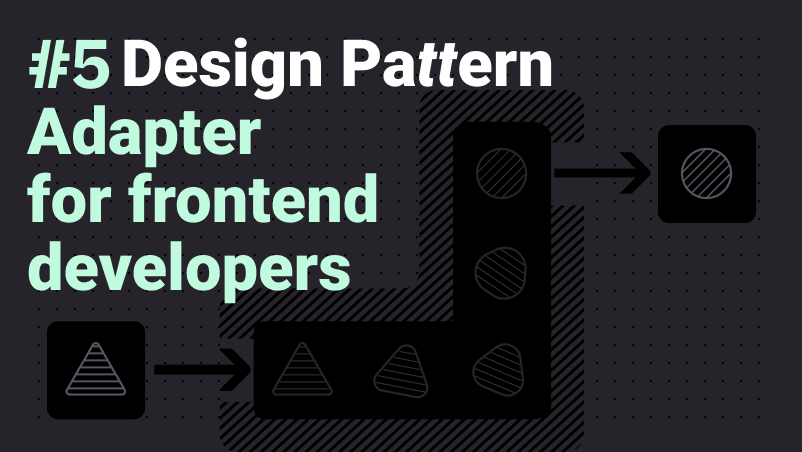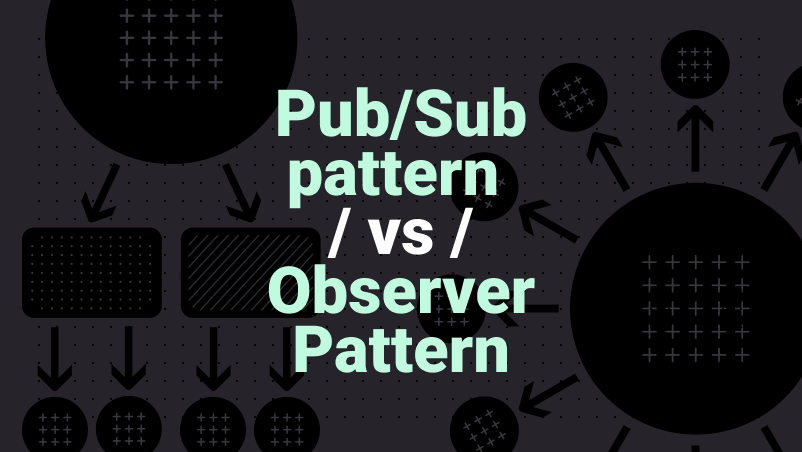Cloud-Based Rendering and the Future of Portable Devices
Posted by | June 28, 2023

Microsoft has recently made headlines with the introduction of Azure cloud-based rendering services. This development is a significant shift in how rendering, an essential aspect of computing, can be performed and has far-reaching implications for the future of hardware. However, even though Microsoft is not alone or the first in this arena, its entry into the space strongly indicates that cloud-based rendering is about to go mainstream.
The Paradigm Shift from Local to Cloud Rendering
Rendering, the process of generating images from models, has conventionally been executed locally on devices. This necessitates powerful processors, advanced graphics processing units (GPUs), and large device batteries. With cloud-based rendering, the computationally intensive task of rendering is executed in the cloud, with the device merely receiving a stream of images and sending back control inputs.
The Implications on Hardware
This shift means that the actual hardware of the device doesn’t need to be extraordinarily powerful or have a big and heavy battery. Instead, with a decent internet connection and a basic decoder for image streams, even a low-spec device can be used for high-end applications. This will lead to more compact, efficient, and longer-lasting devices.
Azure and Beyond: The Pioneers of Cloud-Based Rendering
While Microsoft Azure’s entry into cloud-based rendering is noteworthy, it’s important to acknowledge that they are not pioneers in this space. Several companies have been offering cloud-based rendering services for a while.
For instance, PureWeb has been at the forefront, offering real-time cloud-based rendering that allows for interactive 3D applications. Another notable player is Vagon.io, which provides high-performance cloud computers tailored for rendering and other resource-intensive tasks. These companies, among others, have been instrumental in building the foundation for cloud-based rendering.
Pricing and The Road to Accessibility
Coming back to Azure, they have launched with specific pricing tiers. For $4.60 an hour, you can access a remote machine with 8 teraflops of graphics computing power, capable of rendering 20 million polygons. For $24 an hour, this scales up to 42 teraflops and hundreds of millions of polygons.
These prices will keep coming down as the technology matures and scales. Furthermore, as cloud-based rendering gains traction, competition among providers will lead to more affordable and varied pricing structures.
Vision of the Future
What we are observing is a fundamental change in the relationship between hardware and software. As computing and rendering move to the cloud, the devices we carry around shrink while at the same time becoming much, much more powerful. The portable devices only need to be the mouse, keyboard, and screen connected to a powerful cloud computer. In the long run, this will redefine how we interact with technology.
Imagine mobile phones that last days without charging while running high-end applications or lightweight AR glasses that can display sophisticated 3D models for engineers and architects.
With services like the SuperViz SDK, all these experiences become collaborative too.
Conclusion
Azure’s introduction of cloud-based rendering is an important milestone in an ongoing journey. Cloud-based rendering is positioned to be a transformative force in how humans interact with the digital world. This innovation promises not only to reshape hardware but also to redefine the user experience.
Russ
Recent posts
This website uses cookies to give you the best experience. See our Privacy Policy for further details.


